136 LP / The Tube Only Night Music
The Tube Only Night Music
W. A. Mozart A Little Night Music KV 525, Divertimento KV 136
Polish Chamber Philharmonic Orchestra, Wojciech Rajski
Tube Only / Transistorfrei
EAN/barcode: 4009850013617
Description
"...not only an absolutely fabulous sound and a perfect example of transparency, but also musically of highest merit – despite the almost overwhelming number of other recordings by just about every conductor of the last hundred years...“ (vinylkatalog.de)
4 reviews for 136 LP / The Tube Only Night Music
You must be logged in to post a review.

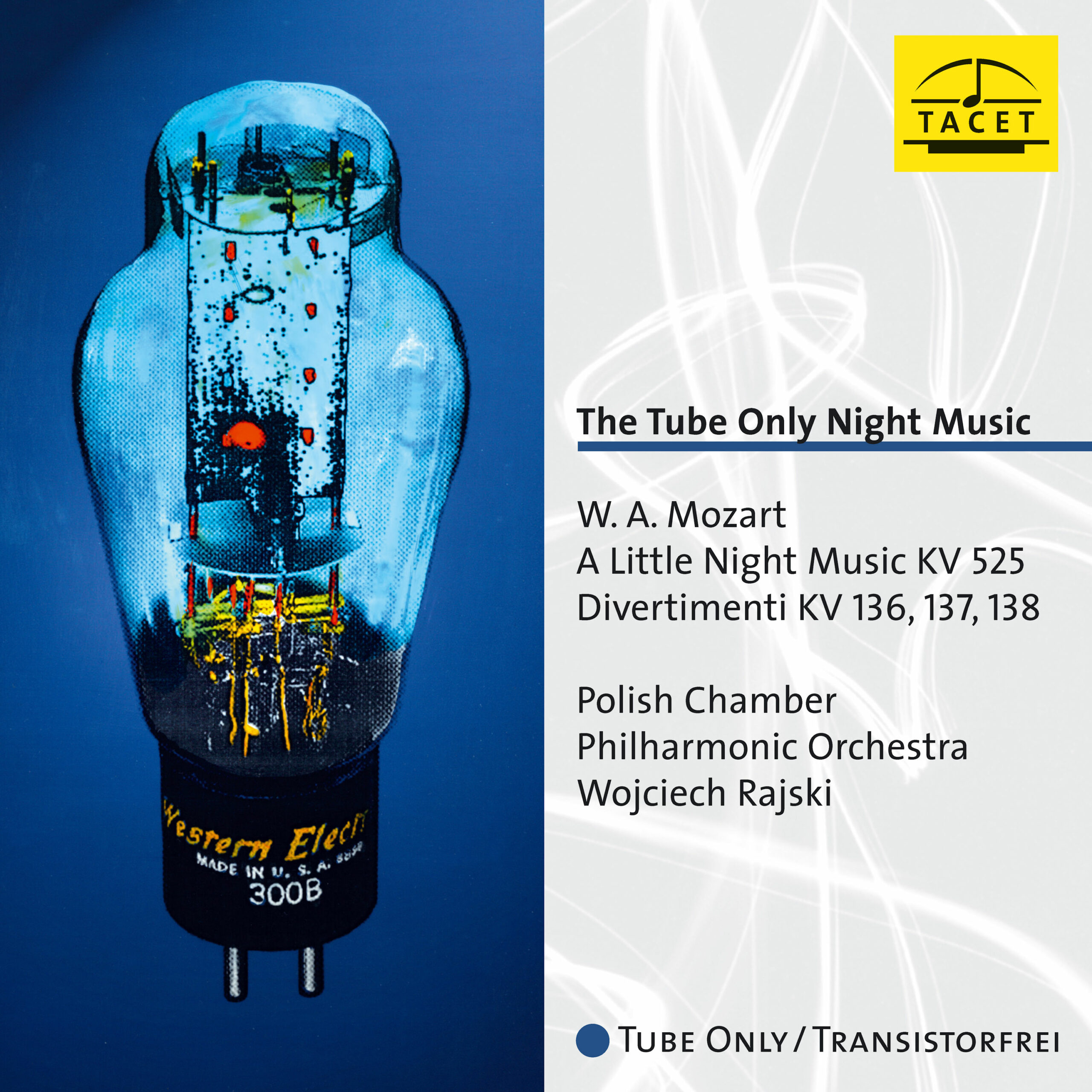
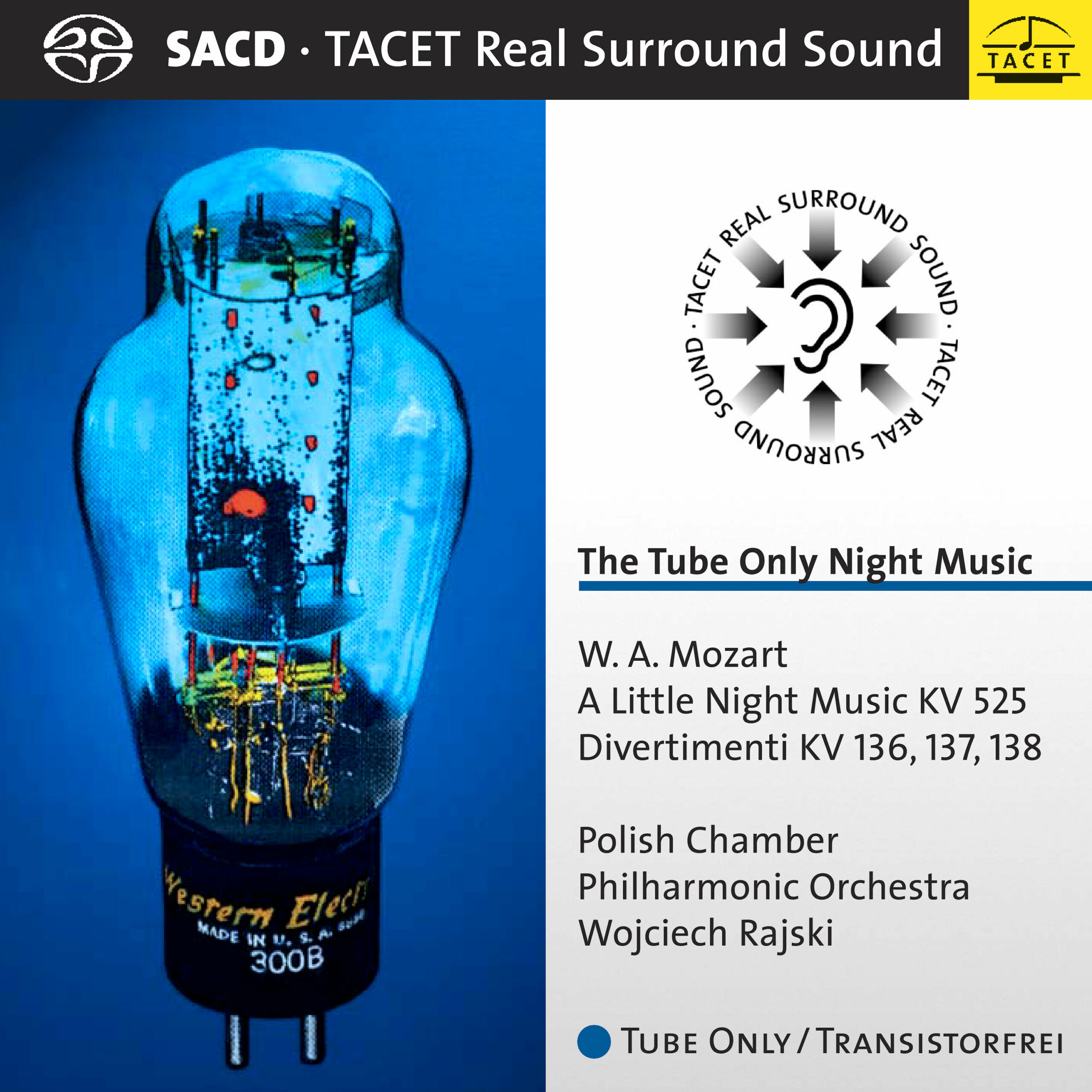
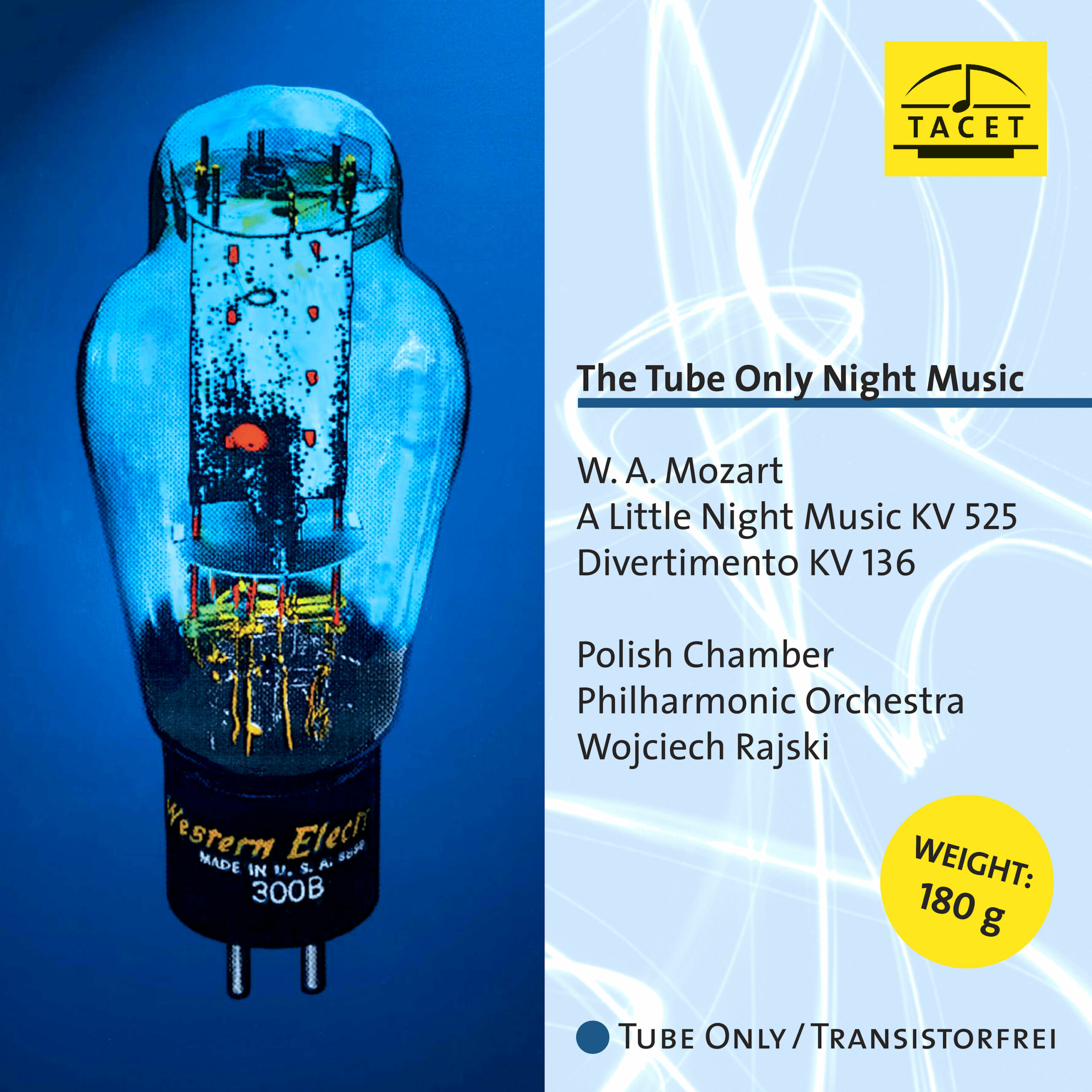
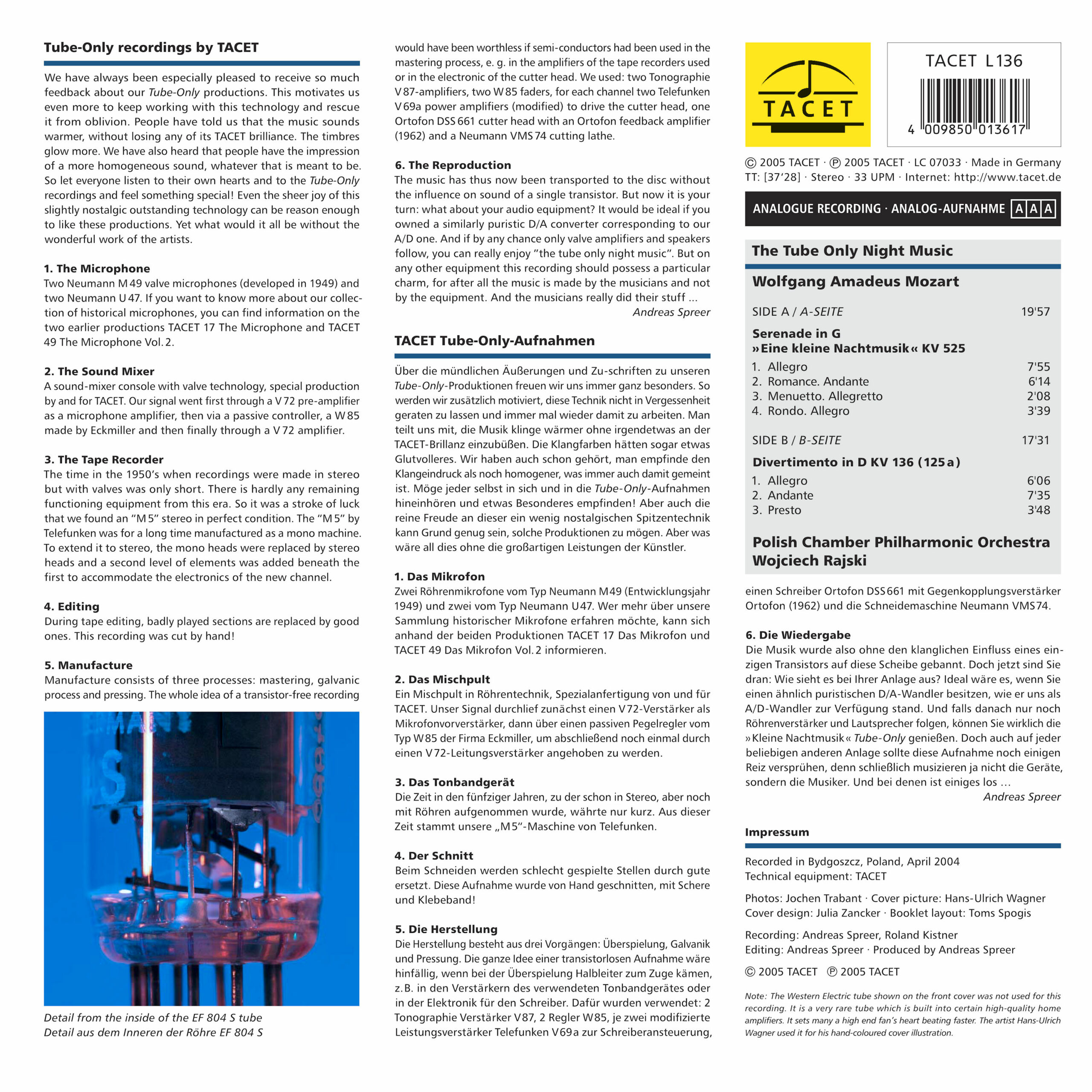
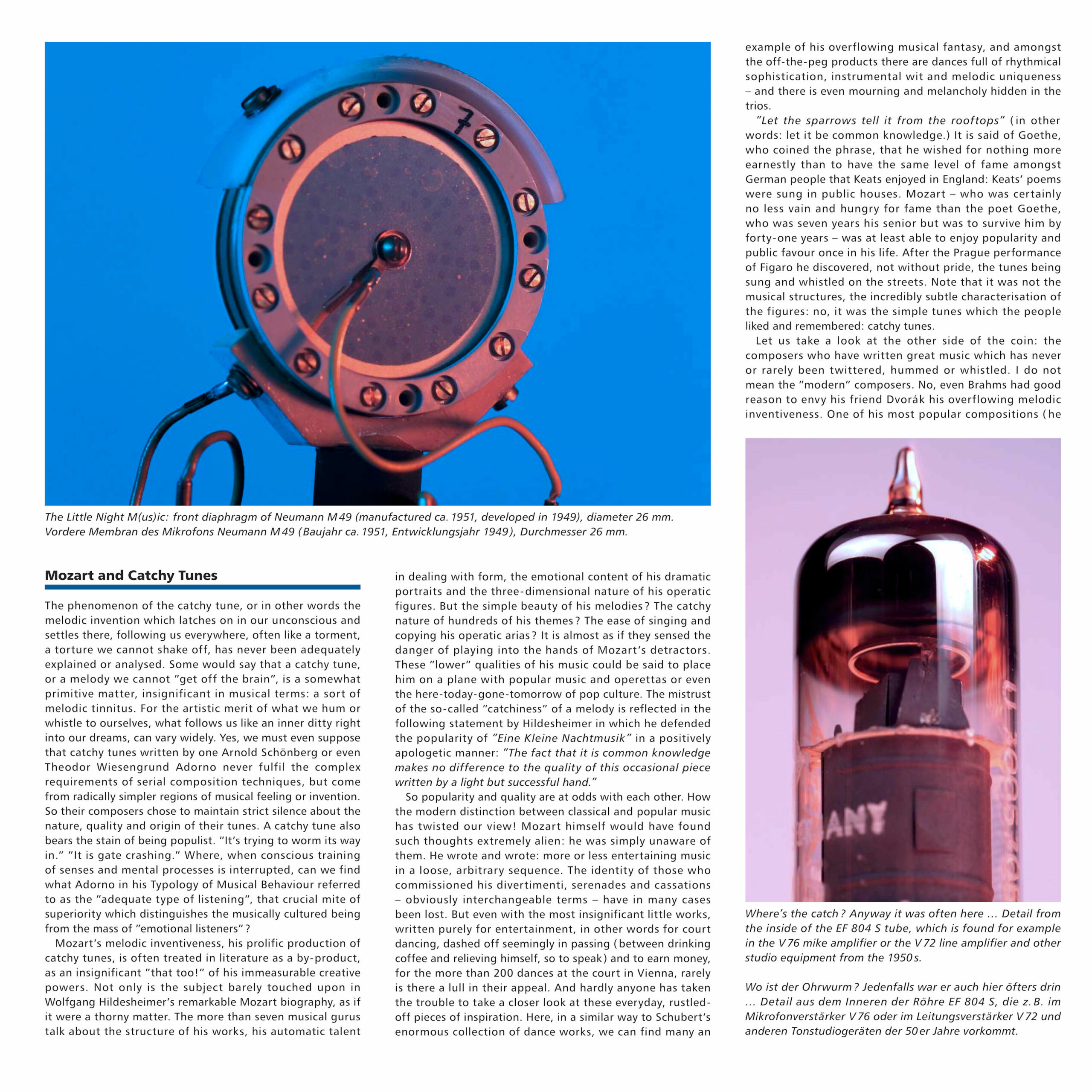
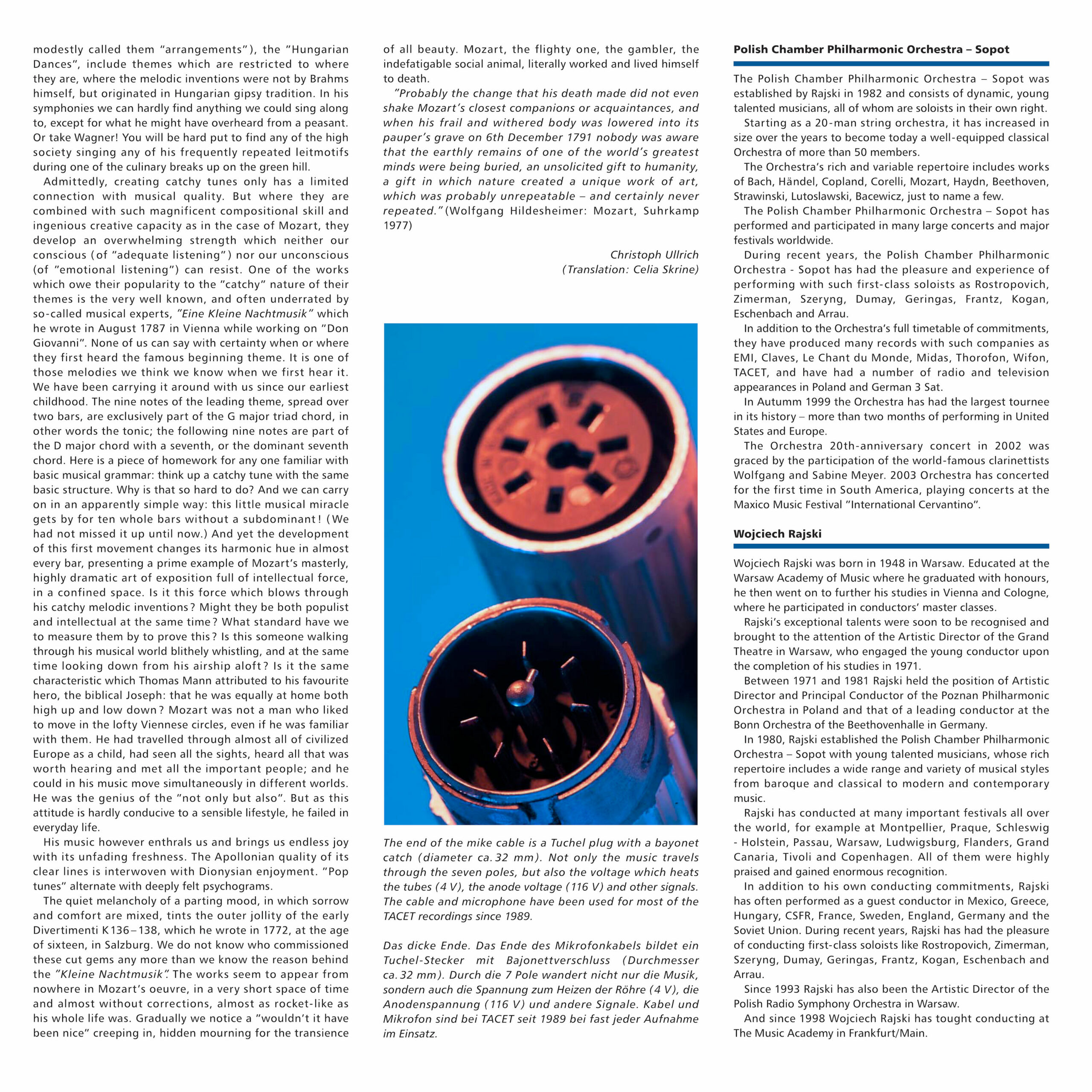
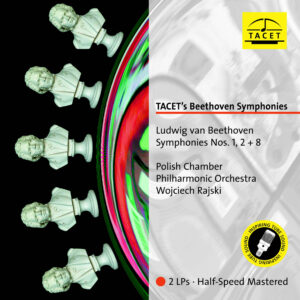
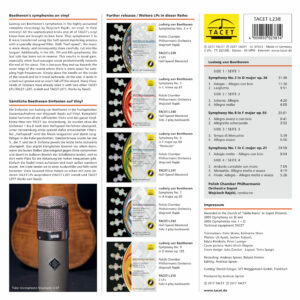
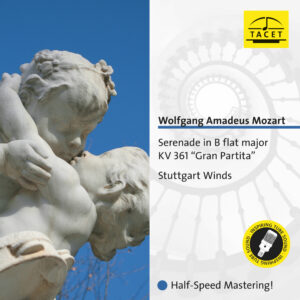
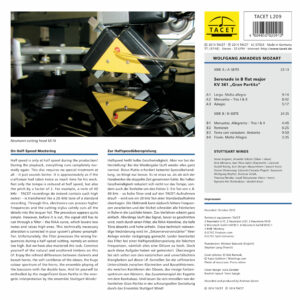

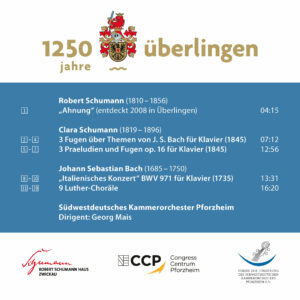
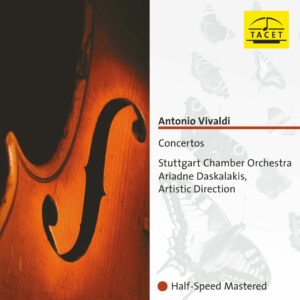
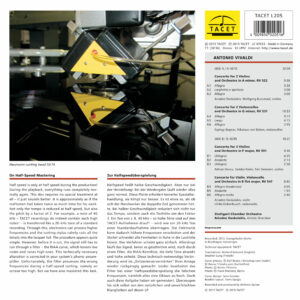
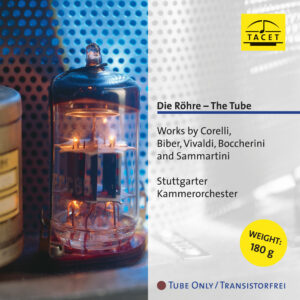
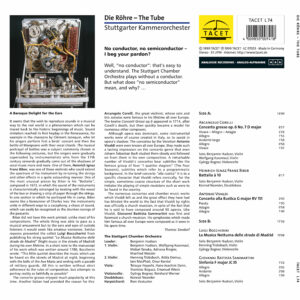

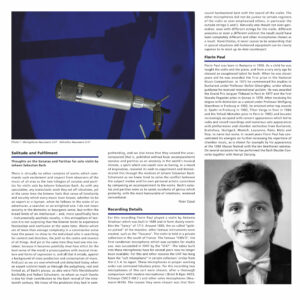
Audiogon – The high-end audio community –
Out of curiosity I purchased "The Tube Only Night Music" album and to my delight enjoyed not only one of the best engineered pieces of vinyl I have ever come across, but one of the most spirited and "natural" renditions of Eine Kleine Nachtmusik I have ever heard (...).
TACET seems to go out of its way to produce recordings of amazing detail, not only for vinophiles but also lovers of SACD, DVD-Audio and of course CD. They also have albums that were recorded using and array of different microphones (I think they're a little obsessed - thank goodness!) (...)
If you close your eyes you'd swear you were right there as the orchestra plays - absolutely amazing! (...)
You should at least try to audition an album from TACET, you may end up being as pleasantly surprised as I was.
My Rating: Absolutely Outstanding!
Williewonka
Connaisseur Mailorder Schallplattenversand –
--> original review
It is comparatively rare that both sound quality and musical value are equally high in current recordings from smaller audiophile labels – often simply because the performers in question cannot be financed. This then has to be compensated for by the label owner’s particular musical sensibility, which, with increasing enthusiasm for technology, seems to be diminishing. The Tacet label of Andreas Spreer is a shining exception: here is someone who knows his machines and equipment inside out (and what machines they are: Telefunken M5, Neumann M49!), who knows everything about microphone placement – and on top of that has a golden touch for the music itself. Thus this (as usual “transistor-free”!) recording of Mozart’s Eine kleine Nachtmusik is not only absolutely sensational in terms of sound and a model of transparency, but also musically of special significance – despite the hardly overlookable number of competing recordings by virtually all the major conductors of the past 100 years. The Polish Chamber Orchestra under Wojciech Rajski plays Mozart with such vitality, such charm – one can hardly get enough of it. It sounds so fresh; again and again one has the impression of hearing the work for the very first time. This, of course, applies even more to the somewhat less frequently performed Divertimento KV 136. This is that inimitable lightness of Mozart’s, which after him was perhaps only ever achieved by Mendelssohn, and which reveals itself only in the very best performances. This is one of them.
TACET –
For additional reviews of this recording, please refer to the –> SACD-Version and –> CD-Version.
LP-Magazin –
Fresh, sparkling, light: entertainment music à la Mozart!
(...) The young musicians from Poland play Mozart’s string works with a refreshing dynamism, one could almost say with a carefree spirit. Already in the opening movement of the Divertimento KV 136 – which the 16-year-old composed on the cusp of moving from prodigy to adulthood, under the influence of his Italian journey – the cascades of sixteenth notes bear witness to their joy of playing. The second movement is free of any heaviness, the individual voices shaped almost as if they were solo parts. The tempo of the third movement is brisk, with the driving eighth notes in the cellos pulsing like a lifeline. The lightness of this interpretation makes the Divertimento an ideal diversion. The serenade Eine kleine Nachtmusik, composed half a lifetime later, also demands a high degree of technical perfection – something most people are hardly aware of. Yet only through the exact interplay between first and second violins and the precisely articulated playing of violas and cellos can the (Viennese) charm of the fast movements unfold. The orchestra finds the balance between cantabile and technical passages; I found the timbre of the cellos in the second movement particularly beautiful. Admittedly, I was initially skeptical whether the transistor-free recording technology of TACET’s Tube-Only productions would really make an audible difference. But I was pleasantly surprised: the sound is indeed noticeably rounder and softer. (...)
akb